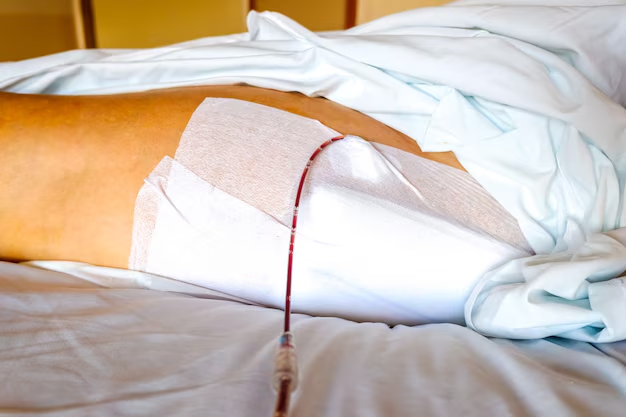Exploring the Top Surgical Options for Treating Incontinence
Suffering from incontinence can significantly impact one's quality of life, robbing individuals of confidence and peace of mind. When other treatments fall short, surgery often emerges as a viable solution. But with several surgical options available, it begs the question: Which surgery is best for incontinence? Let’s delve into the most effective surgical interventions and consider how they align with personal needs and circumstances.
Surgical Options for Incontinence
Sling Procedures
- For Stress Incontinence: This is the most common surgery recommended. A sling made from synthetic material or the patient’s tissue is placed under the urethra or bladder neck to provide support. This is particularly effective for women experiencing incontinence after childbirth or due to aging.
Bladder Neck Suspension (Burch Procedure)
- Targeting Stress Incontinence: This innovative procedure involves lifting the bladder neck and suturing it to a pelvic ligament, enhancing support and preventing leaks.
Artificial Urinary Sphincter (AUS)
- Ideal for Severe Cases: Primarily used in men, especially after prostate surgery, the AUS consists of an inflatable cuff that controls the flow of urine, providing control and reliability.
Sacrocolpopexy
- Designed for Pelvic Prolapse-Related Incontinence: A mesh is used to restore the normal position of the bladder and other pelvic organs, effectively mitigating incontinence symptoms.
Bulking Agents
- Best for Mild to Moderate Cases: Injected near the urinary sphincter, these agents thicken the tissues surrounding the urethra, providing more resistance to involuntary urine release.
Choosing the Right Surgical Option
The best surgical procedure for incontinence largely depends on the type and severity of incontinence, the patient's health status, and personal preferences. Consulting with a qualified urologist or gynecologist is critical in making an informed decision.
Beyond Surgery: Exploring Financial and Educational Resources
Surgery can be a crucial step towards reclaiming one’s life, but it's often accompanied by financial considerations. Fortunately, numerous programs can alleviate the financial burden and provide educational opportunities:
- Government Aid Programs: From Medicare to Medicaid, these programs often cover part or all of the costs associated with incontinence surgeries.
- Financial Assistance: Non-profit organizations can provide grants or subsidies, ensuring that financial constraints don’t stand in the way of essential medical interventions.
- Debt Relief Options: For those who have accrued medical debt, exploring debt relief plans can be a relief, allowing individuals to focus on recovery rather than financial stress.
- Credit Card Solutions: Healthcare-specific credit cards can offer no-interest periods or manageable payment plans to cushion the financial blow.
- Educational Grants: Workshops and seminars on managing incontinence and post-surgical care can empower patients with knowledge and confidence on their road to recovery.
By thoroughly exploring the surgical paths and financial resources available, individuals can make informed decisions that enhance their health and financial well-being. Here’s a quick reference to valuable resources that can support you along this journey:
📋 Quick Reference Guide to Assistance Programs
- 🏥 Government Aid: Medicare & Medicaid coverage options
- 💰 Financial Assistance: Non-profit grants and subsidies
- 🏦 Debt Relief: Medical debt relief strategies
- 💳 Credit Solutions: Healthcare credit card plans
- 🎓 Educational Grants: Incontinence care workshops and scholarships
Focusing on both medical and financial solutions empowers individuals facing incontinence to approach their treatment confidently and with the full breadth of resources available to them.

Related Topics
- a Patient You Are Caring For Uses Incontinence Briefs
- Are Incontinence Products Tax Deductible
- Are Incontinence Supplies Covered By Medicare
- Are Incontinence Supplies Tax Deductible
- Can a Bladder Infection Cause Urinary Incontinence
- Can a Kidney Stone Cause Incontinence
- Can a Urinary Tract Infection Cause Incontinence
- Can a Uti Cause Incontinence
- Can Constipation Cause Incontinence
- Can Constipation Cause Urinary Incontinence